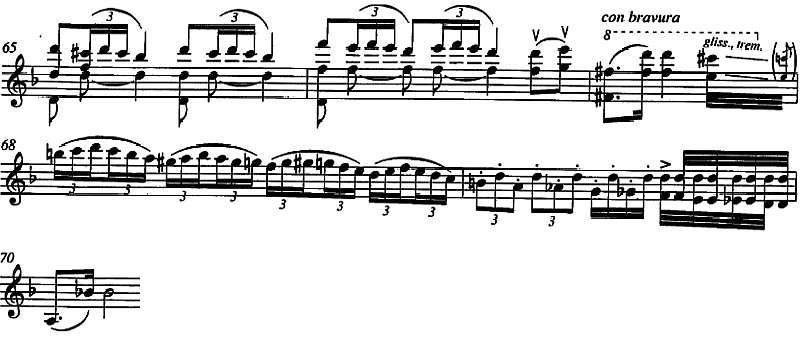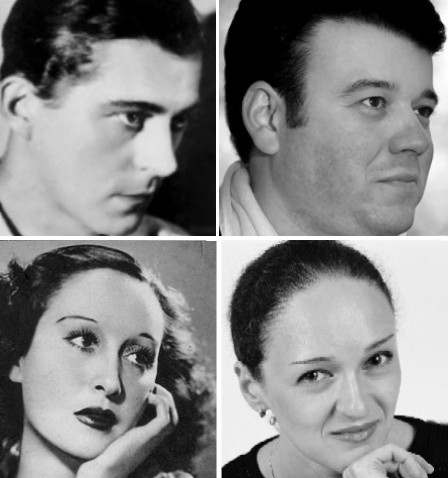




Much blog ink is spent on guys discussing their wardrobes:suits,shirts,shorts,sportcoats,ties,trousers,shoes and the like. I would much rather discuss the contents of my gun safe than the contents of my closets. Mind you,I own numerous suits...required by my profession, many sportcoats..required by my social life...and evening clothes sufficient for white tie occassions and black tie occassions...even a black watch dinner jacket and an off white dinner jacket.....I just do not get charged up talking about this pile of cloth and thread. I would rather be in jeans,cowboy boots and a button-down than anything...except maybe full Cabela's camo or Filson coat and chaps for upland game.
So rather than blather on about clothes, I thought perhaps some newly aspiring hunters or shooters would benefit if I blathered about a "wardrobe" of guns.
In other words, what should one fill one's gun cabinet with to be able to be properly geared for various hunting or shooting scenarios...well,I will make some suggestions for those who may be interested. If you are a sappy anti-gun lobbyist, please change the channel.
WATERFOWLING: A good selection for an all around duck and goose hunting gun is a Remington 11-87 camo 12 gauge. You definitely want a gun that takes 3 inch shells. This is an affordable choice. Deeper Pockets? A Berretta Extrema 12 ga is a nice choice also. I suggest a used model..readily available. Plus, when considering the mud, rain, snow and other conditions a waterfowler encounters, there is just no reason to take an expensive piece out on the marsh. I always chuckle when a rookie brings his treasured 12 ga over/under to a duck blind and then is quietly horrified at the end of a hunt when marsh-mud has invaded every crevice of the gun.
UPLAND GAME: To be properly equipped for pheasants I suggest a Beretta 686 Silver Pigeon 12 ga. This model is light enough to carry all afternoon and reasonably priced and sturdy enough to last many many seasons without problems. A 686 can also stand in on a Sporting Clay or Skeet shoot as it has changeable chokes. A slightly less pricey field gun is the Ruger Line...they make several good 12 ga guns. I also fancy Charles Daly...but again a C.D. over/under will cost a few bucks.
Now for quail,woodcock,grouse,doves...one should select a 20 guage. Browning has several models. The Citori 625 20 guage is light and handles very well and is sturdy.As with all field grade guns, weight is important because even at 7 lbs. carrying and mounting all day can be tiring and lead to poor shots.
Not many hunters have a chance to shoot railbirds...but if you do...a 20 gauge is the gun of choice. Rails are small and fast so the swing and light weight of a 625 Citori is a plus.
CLAY TARGETS: For Sporting Clays I prefer a over/under as I like having the 2 chokes for the different shots on a double. Many shooters like the Semi Auto for reduction of recoil. That is a personal choice. The Browning Synergy Classic Sporting 12 Gauge is a nice piece. The Beretta line has several nice selections for Clays.
Trap is a whole different animal and for serious trap shooters I direct you to a specific single barrel trap gun. I do not shoot much trap so I just make do with my Beretta 686.
BIG GAME: Generally, the only large critters I am after are White Tail Deer. I use a Marlin .35 lever action with a Leupold Scope. I shoot a 150 grain bullet and this set up is perfect for Pennsylvania woods and blasting thru brush for that big buck.
A 30.06 Winchester is also a great all around deer rifle.
AMMO: Ducks...#4 Hevi-Shot....Geese #2 or BB Hevi-Shot. Steel needed for Federal Reg.s
Pheasants..# 6 or 7 1/2 2 3/4 12 Ga. Grouse quail etc....7 1/2 or 8 2 3/4 shells
Railbirds... 7 1/2 2 3/4 steel 20 ga. hard to find...usually have to special order at Cabela's or Dick's.
Sporting Clays/Skeet: Usually mandated by the course...no larger than # 8
Lastly, a good gun, like a good suit, should be fitted. A waterfowl semi-auto...you can probably get away with not having it fitted. But a nice Beretta or Browning O/U..invest the cash in a fitting. Griffin & Howe does a nice job. Also, keep in mind that you do not have to buy new...Cabela's has a great selection of used guns. They are often great buys and in good condition. A fine shotgun is also a fairly good investment as they generally do not lose value and can quickly be re-sold for liquidity in a pinch.
Finally, if you have kids...lock 'em up...the guns...not the kids...although sometimes I have wanted to lock my kids away in the basement..another story for another post. Trigger locks in a gun safe and you can rest easy. When the kids are old enough, let them handle the guns and teach them to shoot. It is a great way to spend time together and teach responsibility. When I taught my kids to shoot, the first thing I did was to take a 1 gallon milk jug, fill it with water and then blast it at point blank range...this shows the kids the power and effect of a shotgun blast..then you tell them that if they are not meticulous about gun safety they end up blasted like the jug...it makes quite an impression. That is what my Grandfather did with my brothers and I and it is a lesson I remember to this day.
Hope this was of interest...see you in the field.







.jpg)
















